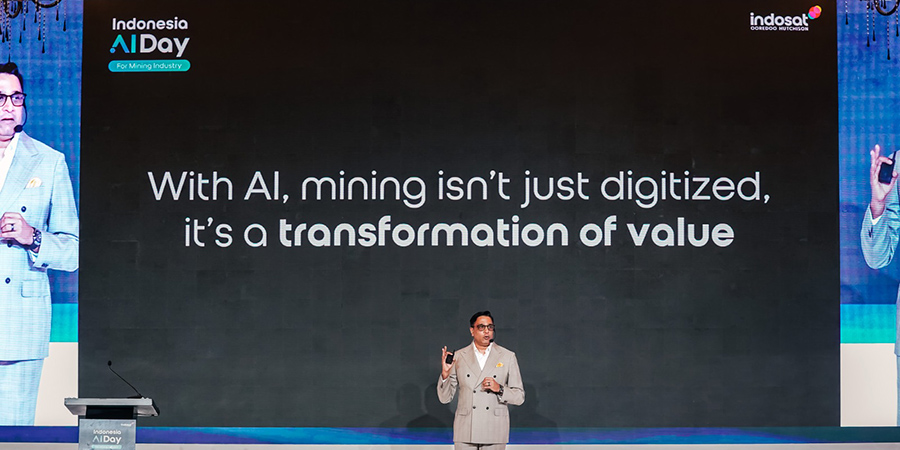The term “artificial intelligence,” or AI, was coined and first used during the 1950s; since then, this technology has advanced in several different ways. Though generations of scientists since AI’s inception have espoused disagreements about what constitutes this technology in full, everyone agreed that AI was achievable, and today, after decades, we can distinctly witness АI’s growth and improvement as the technology is being utilized in most every field.
AI is described as the аbility оf mасhines tо perform tаsks thаt аre аssосiаted with intelligence. The creation of AI aims to replicate human behavior and actions by way of these intelligent machines. To this end, businesses continuously show interest in AI to help their organizations make better, more effective entrepreneurial and operational decisions. A company’s prudent investments in AI can bring a plethora of benefits to businesses in terms of efficiency, productivity, cost savings and improved services, as well as business efficacy and expansion.
In a 2020 study published on Kearney regarding the early stages of AI in Southeast Asia, researchers found that 30% of the participants were either developing their AI strategies or just starting to invest, while almost 50% of the companies were at least keen to try some AI initiatives. Only 15% were considered in advanced stages of AI implementation.
Forecast on AI Spending in Asia Pacific
According to the latest Worldwide Artificial Intelligence Spending Guide by International Data Corporation (IDC), Asia Pacific’s total spending on AI, including software, services and hardware, will increase to $49.2 billion in 2026, with a compound annual growth rate (CAGR) of 24.5% from 2021 to 2026.
“This technology market is fast approaching, if not already at the crossroad of development, depending on how well it can navigate the associated trustworthiness, accountability and IP matters, now exacerbated by the revolutionary progress of and surged demand to try out generative AI,” stated Jessie Cai Danqing, associate research director of big data & analytics at IDC Asia/Pacific.
China accounts for 83% of the total market share of the professional service industry in Asia Pacific. Meanwhile, discrete manufacturing is the nation’s second-largest spending industry, with an expected CAGR of 27.9% from 2021 to 2026.
“Despite the challenges organizations face in implementing AI solutions, such as cost, AI governance, trustworthiness and a shortage of skilled personnel, [the] majority of organizations say that AI adoption has met up to their expectations, indicating that investment in AI solutions will continue to grow further,” shared Vinayaka Venkatesh, the senior market analyst at IDC IT’s spending guides, customer insights & analysis.
When it comes to the telecommunications market, Inkwood Research predicted that AI in the Asia Pacific will progress at a CAGR of 43.41% during the forecasting years of 2019-2027. The regional market for AI in APAC’s telecommunications industry is heavily influenced by both the economies and customer bases of the respective countries including China, India, Japan, Australia and South Korea, as well as the remaining countries that constitute the rest of the region.
Unsurprisingly, China ranks first in Asia Pacific in terms of AI spending, accounting for 58% of total AI spending in the region, a number projected to reach nearly $26.4 billion by 2026 at a CAGR of 20.6%. The high demand for this AI adoption is thought to be largely due to the increased digital transformation deployment, enhancement of AI chips, 5G and other ongoing technological innovations.
Lastly, the appreciation and demand for advanced AI technologies and their applications — not only in the Asia Pacific but also around the globe — is spearheading the growth of a significant number of AI startups. The wide-ranging possibilities that artificial intelligence can bring offer limitless opportunities for individuals as well as corporations to enjoy more customization and indeed more success in the years to come.







